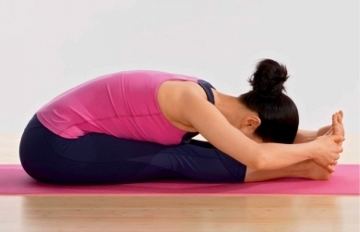Pose type Forward bend, Seated | ||
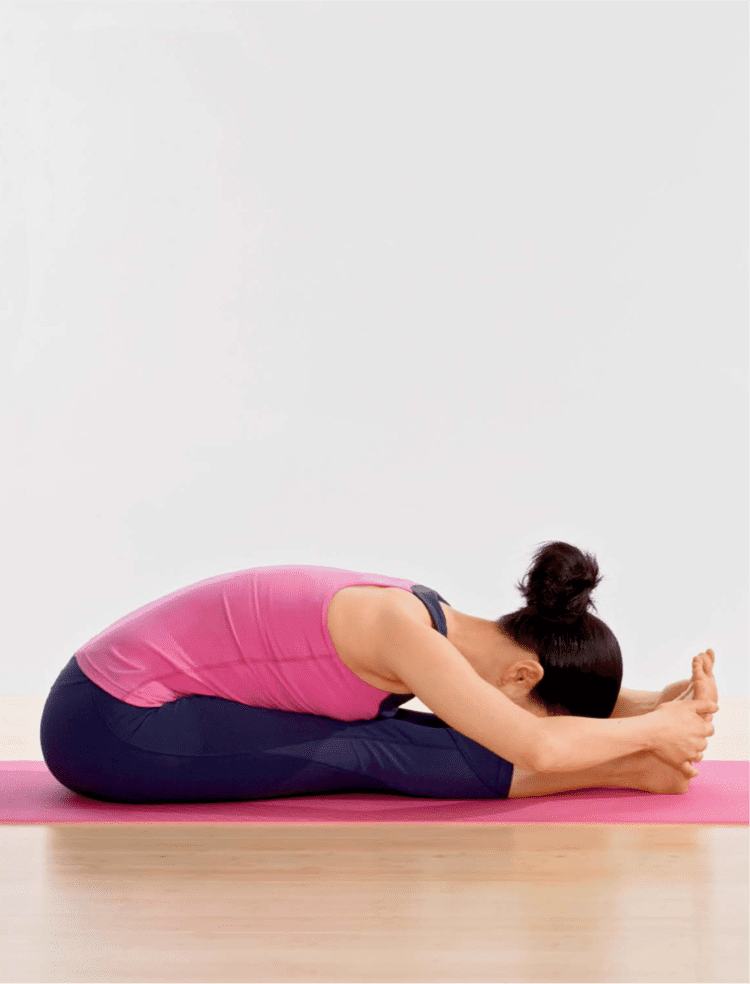 | ||
Note Consult a doctor before beginning an exercise regime Stretches Vertebral column, Shoulder, Hamstring Preparatory poses Uttanasana, Janusirsasana, Bālāsana Follow-up poses Half Lord of the Fishes Pose - Ardha Matsyendrāsana Also known as Seated forward bend, Intense dorsal stretch Similar Uttanasana, Half Lord of the Fishe, Dhanurasana, Sarvangasana, Halasana | ||
Pashimottanasana (PASH-ee-moh-tan-AHS-anna; Sanskrit: पश्चिमोत्तानासन; IAST: paścimottānāsana), Seated Forward Bend, or Intense Dorsal Stretch is a yoga asana.
Contents
- Yoga asana for beginners steps to perform paschimottanasana forward bend pose and its benefits
- Etymology
- Description
- References
Together with Padmasana (lotus), Siddhasana (half-lotus) and Vajrasana (lightning-bolt pose), this asana is an accomplished asana according to the Shiva Samhita. It was advocated by 11th century yogi Gorakshanath .
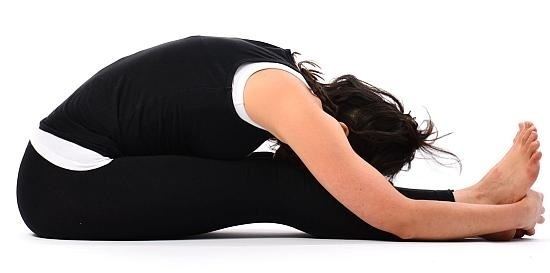
It is also practiced in Acroyoga with Floating Paschimottanasana.
Three important reasons (out of many) not to do Yoga pose Sitting Forward Bend:
1) A person who suffers from slipped disc and sciatica should not practice this powerful asana.
2) Anyone who has asthma can avoid the practice of this yoga pose.
3) If you are pregnant, avoid this yoga pose as it puts stress on the womb.
Yoga asana for beginners steps to perform paschimottanasana forward bend pose and its benefits
Etymology
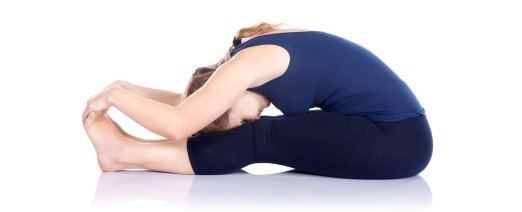
The name comes from the Sanskrit words paschima (पश्चिम, paścima) meaning "west" or "back" or "back of body", and uttana (उत्तान, uttāna) meaning "intense stretch" or "straight" or "extended", and asana (आसन) meaning "posture" or "seat".
Description
This asana is practiced in four stages:
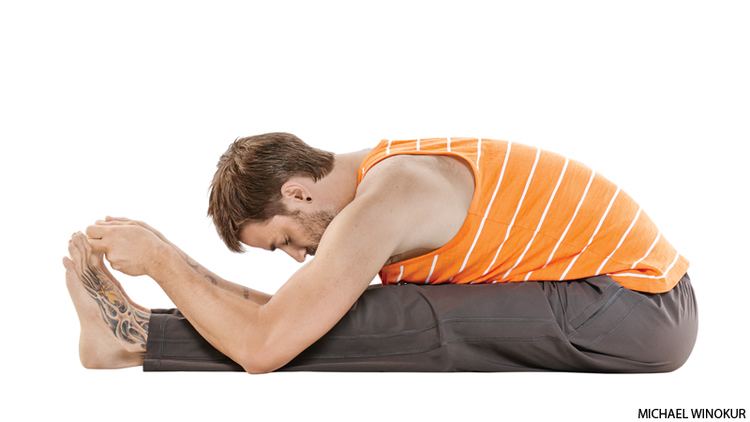
- In the first stage, the yogi stretches their legs straight and swings the upper part of their body back and forth. With each swing, the yogi tries to reach further with their hands, touching their knees, calves, ankles, and finally their toes.
- In the second stage, the yogi bends forward to touch their knees with their hands.
- From the second stage above, the yogi reaches further to touch their toes with their hands.
- From the third stage, the yogi tries to place their elbows at the side of their knees, and touch their knees with either their nose or their forehead.
People who have difficulty bending their backs should exercise caution when performing this asana.

A similar frontbend is Uttanasana (a standing front bend). Paschimottanasana enables much easier rotation inward or outward of the legs, abducting or adducting them at the hip, flexing or extending the knees, or enacting plantar or dorsiflexion of the ankle. These variations can be performed either as a combined stretch, to change emphasis on different tissues, or simply to take the mind off the hamstrings and lower back stretch. They can be used rhythmically to aid in relaxation.
